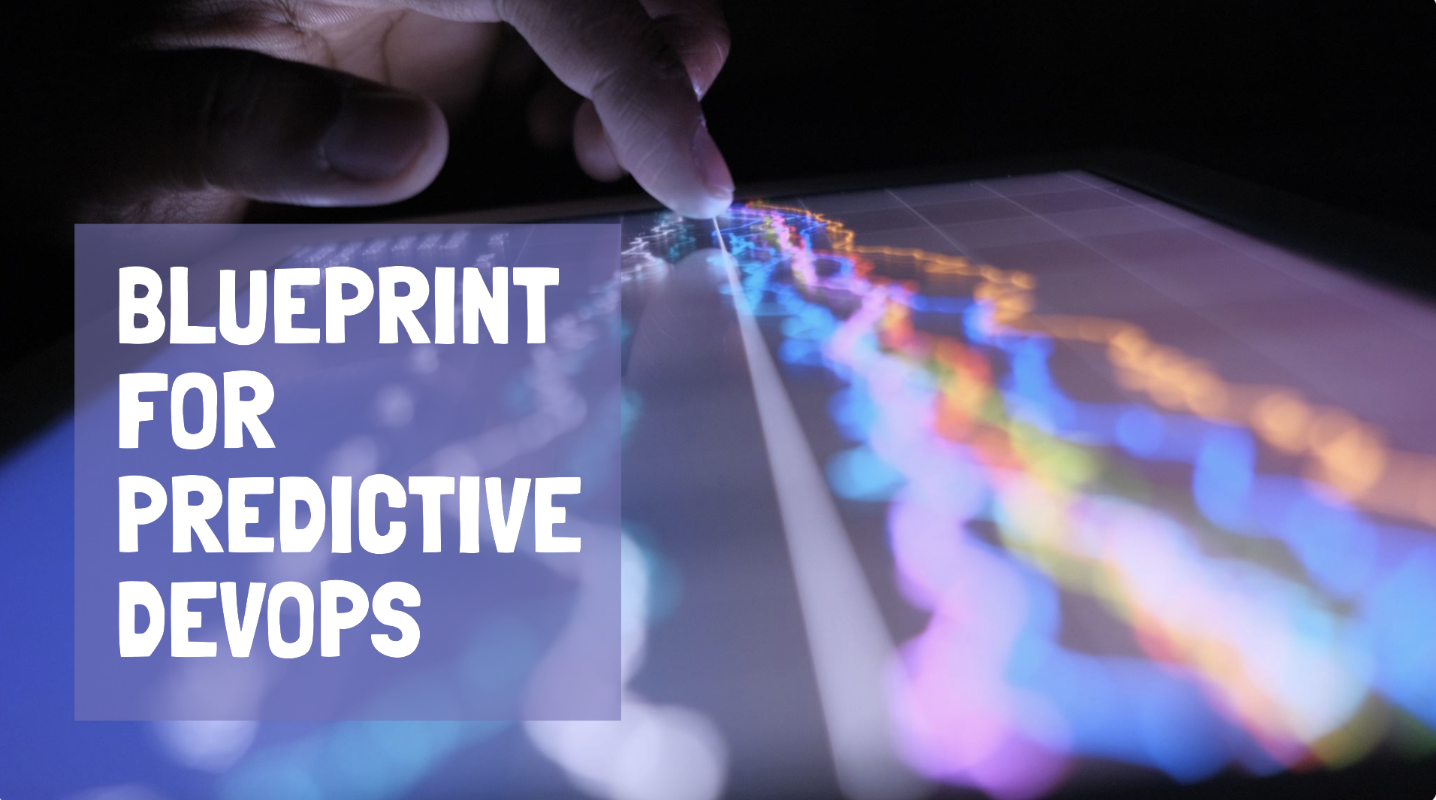Blueprint for Implementing Predictive DevOps: Turning Insights into Action
 Subhanshu Mohan Gupta
Subhanshu Mohan Gupta
Welcome to PART II of my series on Predictive DevOps! After exploring the transformative potential of Predictive DevOps, it’s time to dive into the practical blueprint for implementation. If you’re ready to revolutionize your system maintenance strategy and harness the power of AI to anticipate and mitigate system failures, you’re in the right place.
Overview
Implementing Predictive DevOps requires a well-structured approach that integrates AI-driven insights into our existing DevOps practices. Here’s a step-by-step blueprint to guide you through the process:
Establishing a Robust Data Collection Framework
Data Sources:
Metrics: CPU usage, memory consumption, network traffic
Logs: Application logs, system logs, error reports
Tools:
Monitoring: Prometheus, Grafana
Log Aggregation: Fluentd, Elasticsearch
Process: Implementing comprehensive monitoring and logging to collect real-time data from all system components. This data is essential for training AI models and identifying patterns.
Integrating AI for Anomaly Detection
Techniques:
Machine Learning Models: Training models to identify deviations from normal system behavior
Real-Time Processing: Using tools like Mantis for stream processing
Process: Developing and deploying machine learning models to analyze incoming data and detect anomalies. Setting up automated responses to address anomalies as they occur.
Developing Predictive Analytics for Failure Pattern Recognition
Techniques:
Historical Data Analysis: Identify patterns and trends that precede system failures
Failure Prediction Models: Building models to forecast potential issues based on historical data
Process: Analyzing past incidents and performance data to recognize failure patterns. Use these insights to build predictive models that can alert us to potential problems before they impact the system.
Automating Predictive Maintenance Scheduling
Techniques:
Forecasting Models: Predicting when system components will need maintenance
Intelligent Scheduling: Scheduling maintenance during low-demand periods
Process: Implementing forecasting models to predict maintenance needs and automate the scheduling of tasks to minimize disruption and ensure system reliability.
Implementing Continuous Testing and Validation
Techniques:
Chaos Engineering: Introduce controlled failures to test system resilience
Feedback Loops: Continuously refine AI models based on real-world outcomes
Process: Using chaos engineering principles to validate the effectiveness of our Predictive DevOps strategy. Incorporate feedback to fine-tune models and improve automated responses.
Implementation Example: Netflix-Inspired Strategy
To illustrate this blueprint, let’s revisit the Netflix approach:
Data Collection: Netflix collects real-time metrics and logs from its distributed microservices architecture.
Anomaly Detection: AI models monitor for anomalies, such as increased latency, and trigger automatic responses like traffic rerouting or resource scaling.
Failure Pattern Recognition: Historical data helps Netflix identify failure patterns and predict potential issues before they escalate.
Predictive Maintenance: AI forecasts maintenance needs and schedules tasks during periods of low user activity.
Continuous Testing: Netflix uses chaos engineering to simulate failures and validate system resilience, ensuring that predictive models and responses are effective.
Conclusion
The article transforms the way we approach system maintenance. By leveraging AI-driven insights, we can proactively manage system health, reduce downtime, and enhance overall reliability. Follow these steps to integrate Predictive DevOps into your organization and stay ahead of potential issues.
Reference(s) - https://www.simform.com/blog/netflix-devops-case-study/
Subscribe to my newsletter
Read articles from Subhanshu Mohan Gupta directly inside your inbox. Subscribe to the newsletter, and don't miss out.
Written by

Subhanshu Mohan Gupta
Subhanshu Mohan Gupta
A passionate AI DevOps Engineer specialized in creating secure, scalable, and efficient systems that bridge development and operations. My expertise lies in automating complex processes, integrating AI-driven solutions, and ensuring seamless, secure delivery pipelines. With a deep understanding of cloud infrastructure, CI/CD, and cybersecurity, I thrive on solving challenges at the intersection of innovation and security, driving continuous improvement in both technology and team dynamics.